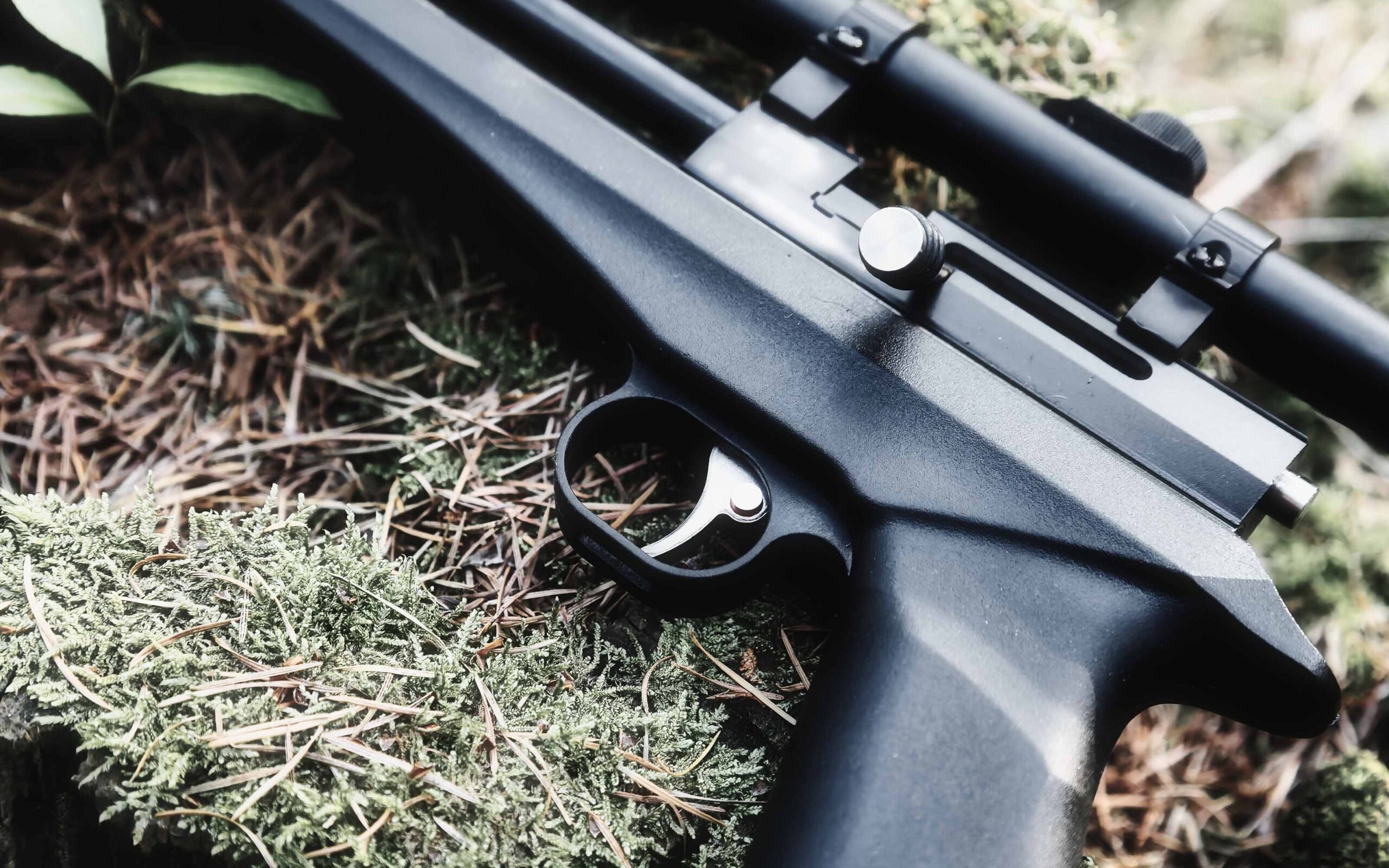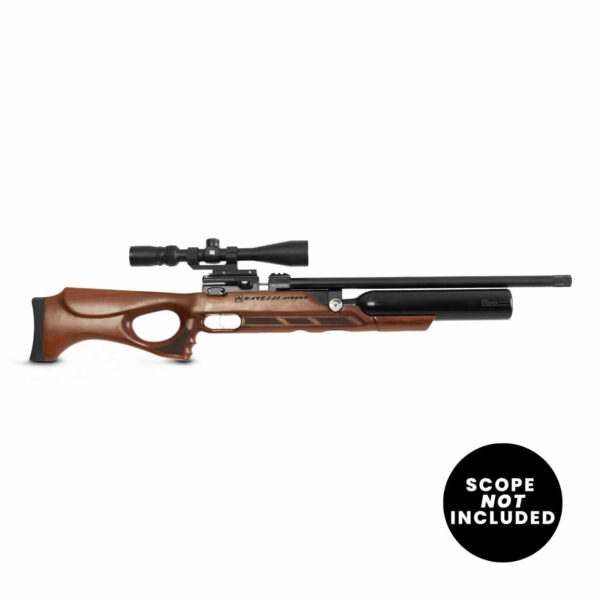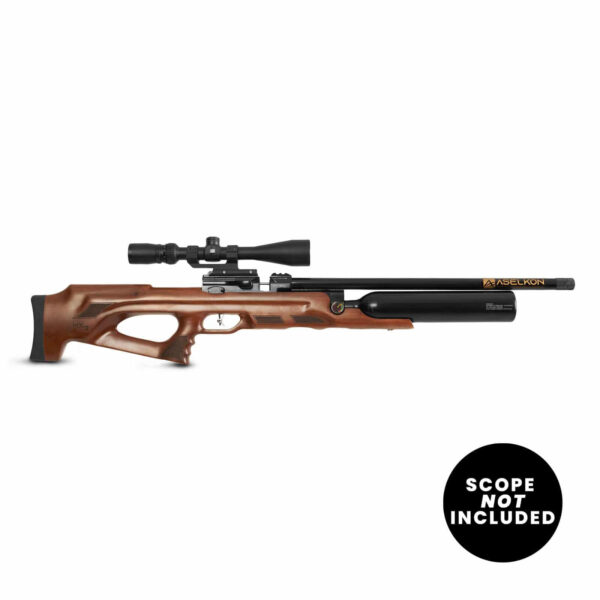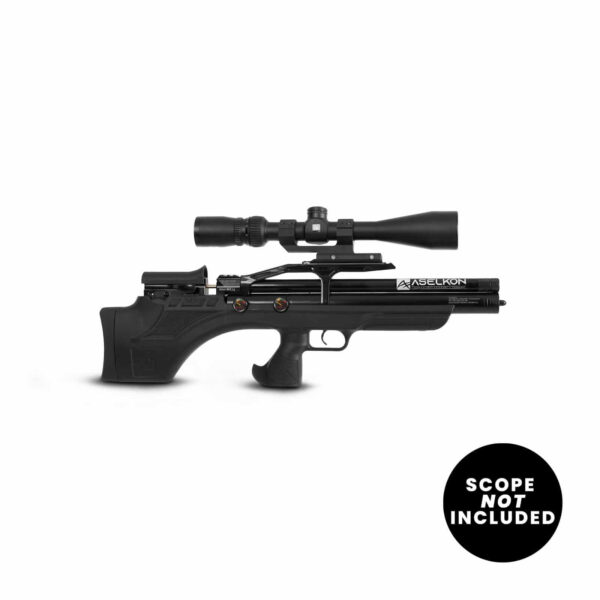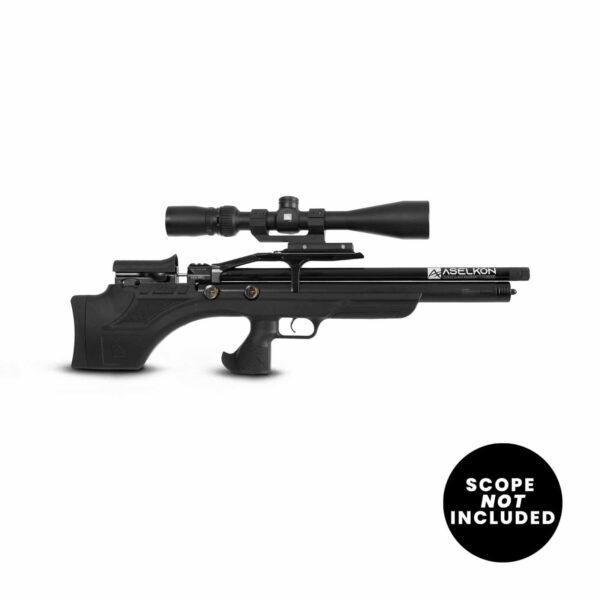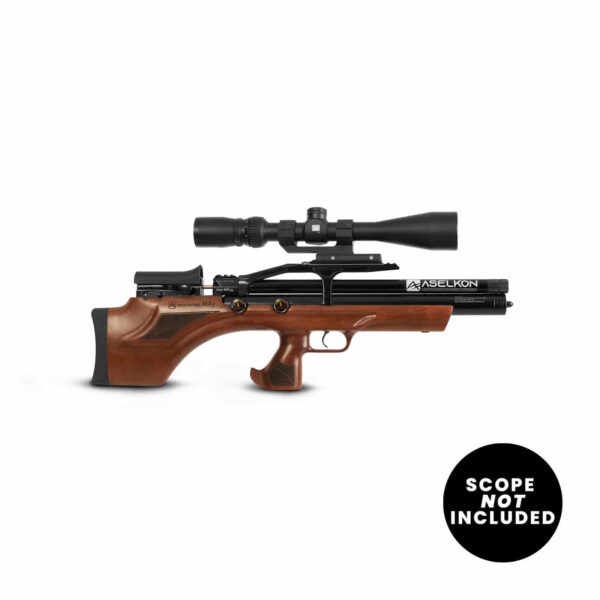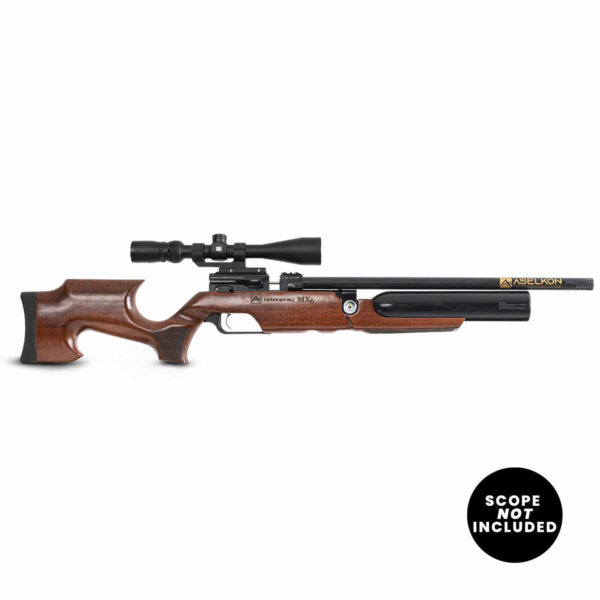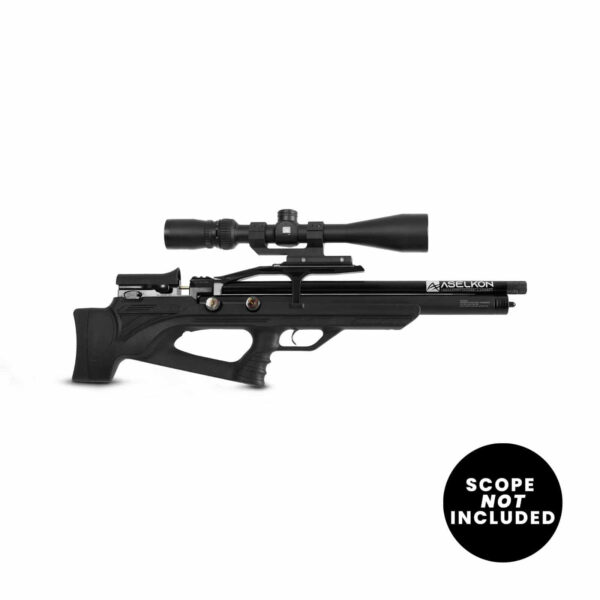If your air rifle is losing pressure overnight, you’re not alone. It’s a common issue among PCP (pre-charged pneumatic) airgun users, and it can be frustrating—especially if you’ve prepped your gear for a weekend shoot or hunting trip. The good news? Most pressure problems have straightforward causes and fixes.
This guide will walk you through airgun troubleshooting steps, from quick DIY diagnostics to knowing when it’s time to call in the pros.
Why PCP Air Rifles Lose Pressure Overnight
PCP air riflesoperate under high pressure, often between 2,000 to 4,500 PSI. This makes them powerful—but also vulnerable to small leaks that can cause overnight air loss. Here are the most common reasons for pressure drops:
- Damaged or dry O-rings
- Valve leaks (fill valve, exhaust valve, or firing valve)
- Loose fittings or end caps
- Cracks or microfractures in air cylinders
- Faulty pressure gauges
Even a minor defect can cause slow leaks that empty the tank by morning.
Signs You Have a PCP Leak
Spotting the problem early helps preserve both your rifle’s integrity and your shooting schedule. Look out for these symptoms:
- Gauge reads zero after being filled the day before
- Audible hissing from the action or air reservoir
- Moisture or bubbling near seals or connections
- Inconsistent shots or noticeable drop in power
If you notice any of the above, it’s time to troubleshoot.
Airgun Troubleshooting: Step-by-Step Leak Check
1. Visual Inspection
Check all O-rings (fill probe, breech, gauge) for damage or wear. A torn or flattened O-ring is often the culprit behind pressure loss.
2. Soapy Water Test
Mix water and dish soap, then apply it to suspect areas (valves, gauges, joints). Watch for bubbles—they reveal the leak source.
3. Listen for Hissing
In a quiet room, bring the rifle close to your ear and listen. A faint hiss often points to a slow leak in the valve or gauge area.
4. Check the Fill Port
If the fill probe doesn’t seat correctly or the valve doesn’t close fully after filling, pressure may slowly escape.
Fix Airgun Leak: DIY or Get Help?
Try a DIY Fix If:
- You’re comfortable replacing O-rings (many airgun kits include spares).
- You’ve isolated the leak to an external valve or gauge.
- Your rifle is out of warranty.
Be sure to depressurize the rifle before doing any internal work.
Seek Professional Help If:
- The leak is inside the cylinder or regulator.
- You’re unsure about disassembly.
- The rifle is still under manufacturer warranty.
For high-end models or carbon fiber tanks, it’s best to consult with a certified technician to avoid costly damage.
Tips for PCP Maintenance & Leak Prevention
Preventive care goes a long way in avoiding air rifle pressure problems:
- Lubricate O-rings regularly with silicone grease.
- Store your rifle in a cool, dry place to prevent seal shrinkage.
- Avoid overfilling—staying within the recommended PSI helps preserve valves.
- Perform a monthly pressure check if your rifle is stored long-term.
Still Losing Pressure? Let AirFire Tactical Help
If your PCP air rifle keeps losing pressure and you’ve ruled out simple fixes, don’t guess—gear up with guidance. At AirFire Tactical, we offer:
- Step-by-step repair guides
- PCP replacement parts and O-ring kits
- Customer support for airgun troubleshooting
Whether you’re into hunting or target shooting, we’ve got the tools and expertise to keep your air rifle in peak condition.
Explore our airgun repair resources or contactour team today to fix your PCP leak fast and get back to shooting with confidence.
